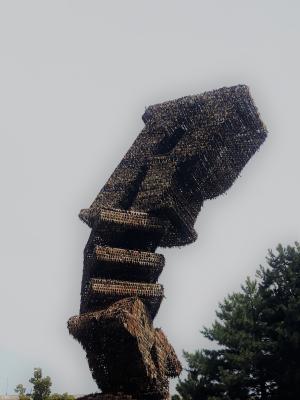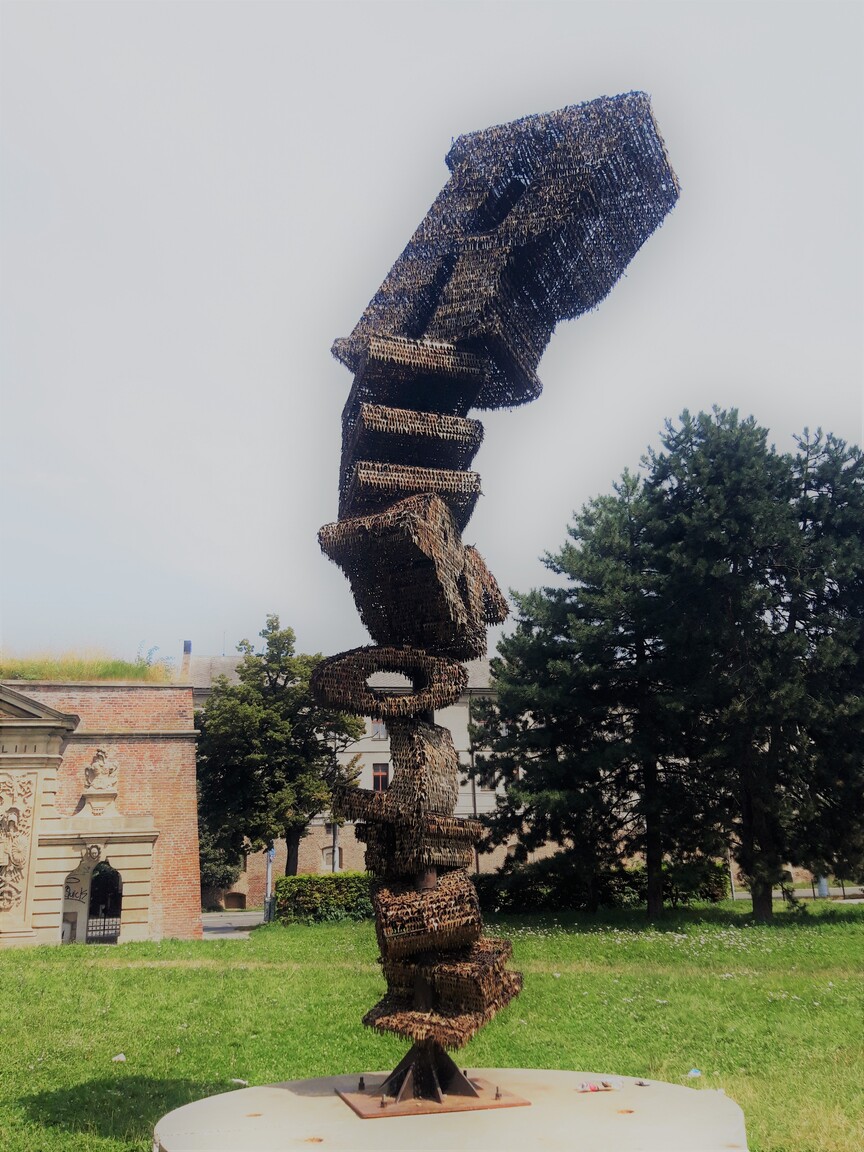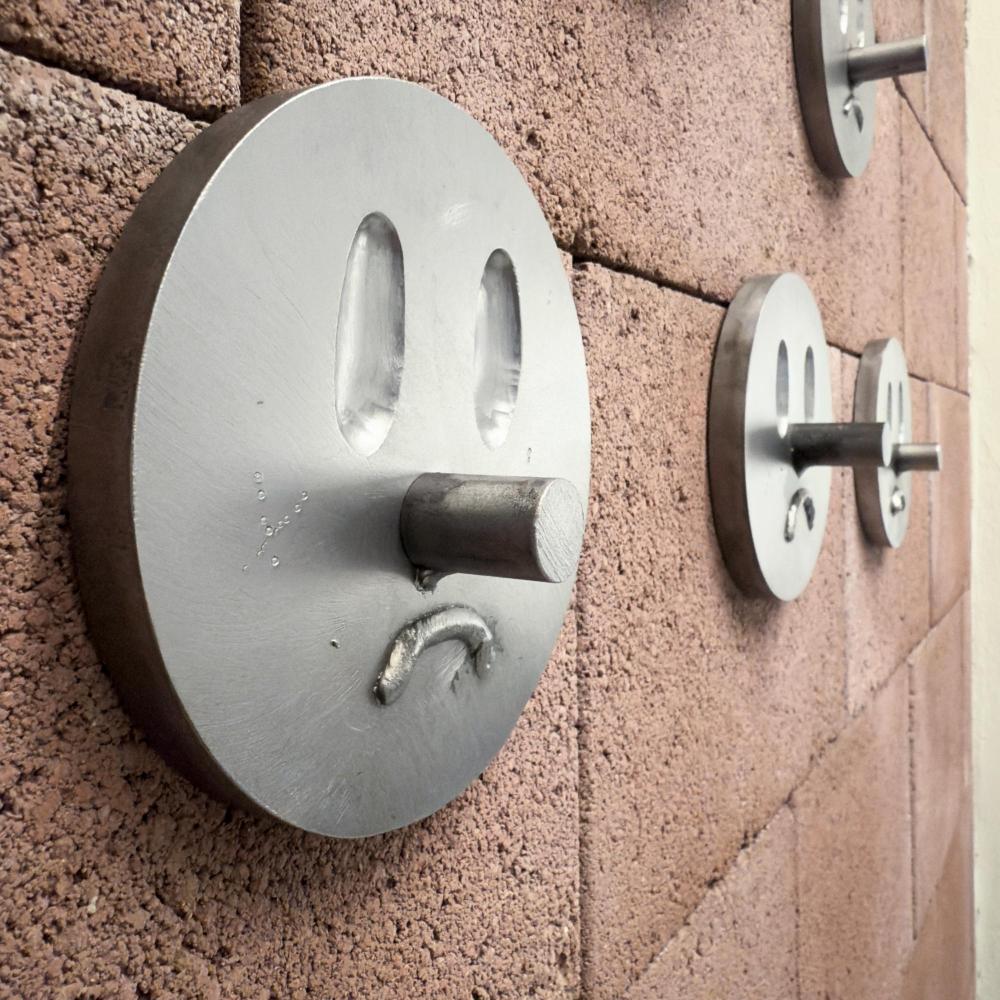
In our last article Where the Glutton Came From, we briefly introduced the Sculpture line festival. Individual sculptures change over the years, some stay in Olomouc for only a few months, others we meet for a year or two. Many works move to different cities over the years.
The sculpture "Revolution" by Jiří David (*1956) has the same fate. It had its premiere in Prague in 2010, then appeared in Olomouc on Horní náměstí, travelled through Ostrava and Brno, and then took a rest in Košice (2013-2019) to return to the Czech Republic for the 30th anniversary of the Velvet Revolution - specifically to Mikulov. Finally, she anchored again in Olomouc at the Terezská Gate.

The sculpture was made from keys in 2010 in Olomouc, it measures 7 metres long, weighs 9 tonnes and was created to mark the 20th anniversary of the fateful year 1989. Vodafone, the operator, contributed to the creation of the statue by organising a public collection among the people and collecting 85,741 keys. The key motif refers to the jingling of keys during demonstrations. The individual letters respond to the time before 1989. The capital R is taken from the Red Law of the time, the capital E is from the toilet paper brand of the time, and the small v is from cotton wool. The capital O is from a Pedro chewing gum wrapper, the capital L is from a Mr Egg advertisement, the capital U is from Tuzex vouchers, the capital C is from the logo of a travel agency of the time and the last capital E is from the font of a communist legitimation.
The plastic is shaped like a DNA helix, which is meant to refer to movement and instability, where at any moment it threatens to break apart. At the same time, the individual letters crush those beneath them, in which we can find the author's feelings about today's society. The sculpture is often viewed with criticism but also with enthusiasm, which only reinforces its original idea. It is not meant to be a monument celebrating the revolution, but at the same time it is not meant to be a work criticising contemporary society after the revolution. The work is meant to disturb the viewer's peace and provoke him, it has hidden humour and represents the artist's personal polemic with the development of the Czech Republic after 1989. The artist himself says that "the sculpture expresses the ambivalence I feel when looking at today's society and politics".
Text: Tereza Holoubková, Telegraph Gallery







